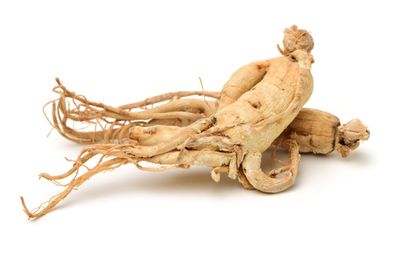What is Wild Simulated Ginseng?
Growing ginseng can be divided into two categories: wood grown and field grown. Wood grown ginseng can be further divided into ‘wild simulated’ and ‘wood cultivated’ ginseng plants. Both are grown in forest soil and planted in tilled beds with leaf and bark mulch, but that’s where the similarities end. Wild simulated ginseng plants are grown for 9 to 12 years while wood cultivated ginseng is only grown for six to nine years. The roots of wild simulated ginseng are similar to wild ginseng while the roots of wood cultivated ginseng are of intermediate quality. Wood cultivated ginseng is seeded at almost twice the rate of wild simulated and yields much more per acre. Field cultivated ginseng is only grown for three to four years with far lesser quality of roots in straw mulch and an extremely heavily sown field with a greater yield than the previous methods. The cost of production increases and the price paid for roots decreases as cultivation moves from wild simulated to field cultivated.
How to Grow Wild Simulated Ginseng Plants
Growing wild simulated ginseng is often preferred over field grown production, as it costs the least, yet produces the highest valued roots. Maintenance is minimal, involving weed removal and slug control using the most rudimentary equipment (rakes, pruning shears, mattocks, or shovels). Ginseng is grown in a forest environment in natural shade provided by the surrounding trees. To grow wild simulated ginseng, plant seeds ½ to 1 inch (1-2.5 cm.) deep in untilled soil in the fall – untilled so the roots will take on the wayward gnarled look of wild ginseng. Rake back leaves and other detritus and plant the seeds by hand, four to five seeds per square foot. Cover the seeds with the removed leaves, which will act as mulch. Stratified seed will germinate next spring. The whole idea is to allow the ginseng roots to form as naturally as possible, just as they would in the wild. The ginseng plants are not fertilized to allow the roots to slowly develop over years. While wild simulated ginseng has the potential to bring in more income than wood or field cultivated, because there is little crop management, the success of the plantings may be more sporadic. To up the odds in your favor, be sure to purchase reputable stratified seeds and try some test plots. Slugs are the number one reason why first year ginseng seedlings fail. Be sure to set slug traps, either homemade or purchased, around the plot.
